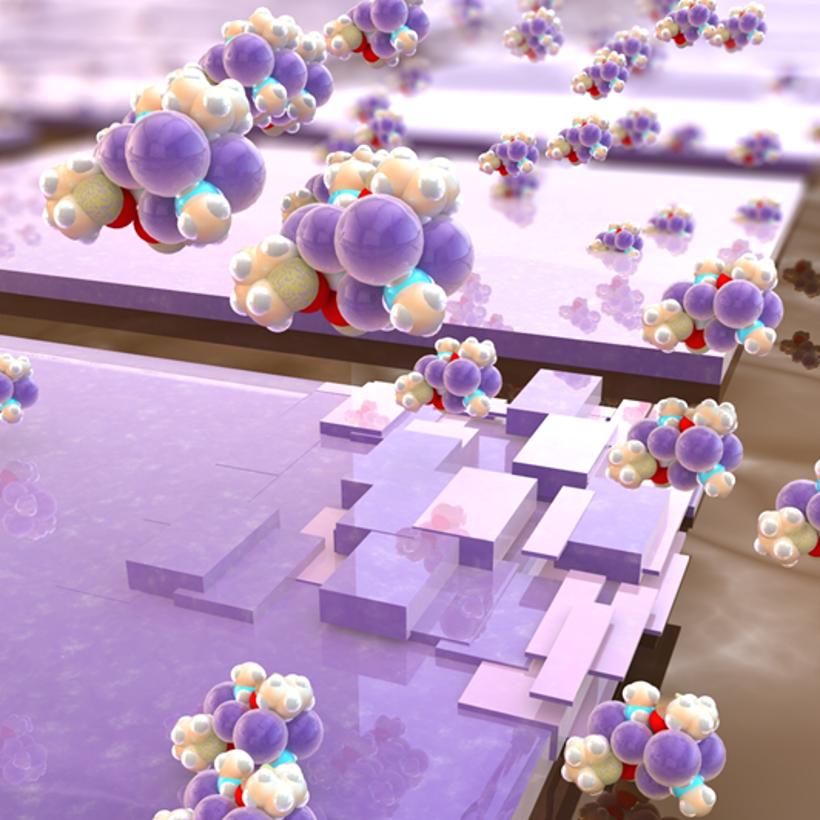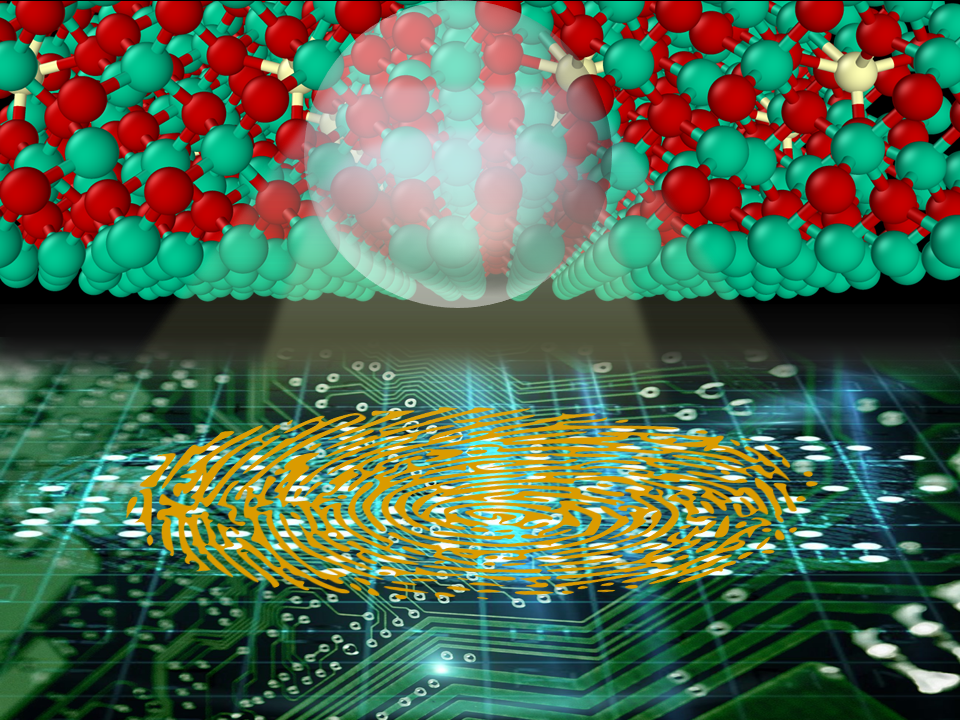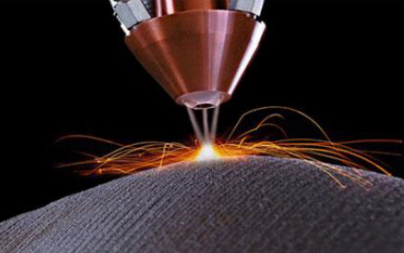
When processed in solution, Hybrid Organic–Inorganic Perovskite (HOIP)–based solar cells, provide a unique cost-advantage over existing solar cell technologies. However, the morphology of the final crystal film is known to be heavily influenced by solvent selection – and these effects remain poorly understood. Studying the nucleation and early stage growth of these materials in solution would provide much needed insight into the effect of solvents on final film morphology. Molecular simulation models and techniques have a significant role to play in this endeavour by uncovering the solvent–solute interactions influencing the formation of moieties that will ultimately nucleate and grow into thin films. Our lab generates models that are capable of accurately predicting the efficacy of certain solvents in the solution processing of lead iodide perovskites. We utilize these models and machine learning techniques, especially BO, to develop a comprehensive understanding of solvent influence on thin film growth.
Primary Researchers:

Dr. Paulette Clancy
Department Head, Chemical & Biomolecular Engineering




